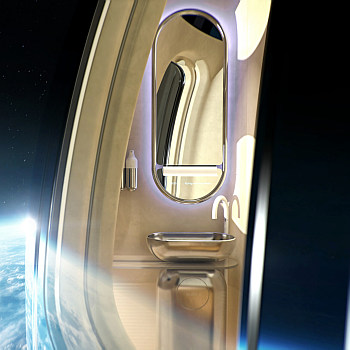Axiom signs deal with the United Kingdom to fly all British mission
The space agency of the United Kingdom today announced that it has signed a deal with Axiom to fly an manned mission in space, with four astronauts spending up to two weeks in space (likely in a SpaceX Dragon capsule).
The flight, estimated to cost around £200 million, is being organized in cooperation with the European Space Agency (ESA), though all the astronauts will be British. The announced commander, Tim Peake, spent six months on ISS in 2015, and has come out of retirement to do the flight.
It is also unclear at this moment whether it will fly to ISS, or simply remain in orbit. In fact, few specific details have yet been released.
The bottom line however is that the new American space industry is going to make money from Britain’s desire to be a space power. Seems like a good deal to me.
The space agency of the United Kingdom today announced that it has signed a deal with Axiom to fly an manned mission in space, with four astronauts spending up to two weeks in space (likely in a SpaceX Dragon capsule).
The flight, estimated to cost around £200 million, is being organized in cooperation with the European Space Agency (ESA), though all the astronauts will be British. The announced commander, Tim Peake, spent six months on ISS in 2015, and has come out of retirement to do the flight.
It is also unclear at this moment whether it will fly to ISS, or simply remain in orbit. In fact, few specific details have yet been released.
The bottom line however is that the new American space industry is going to make money from Britain’s desire to be a space power. Seems like a good deal to me.

